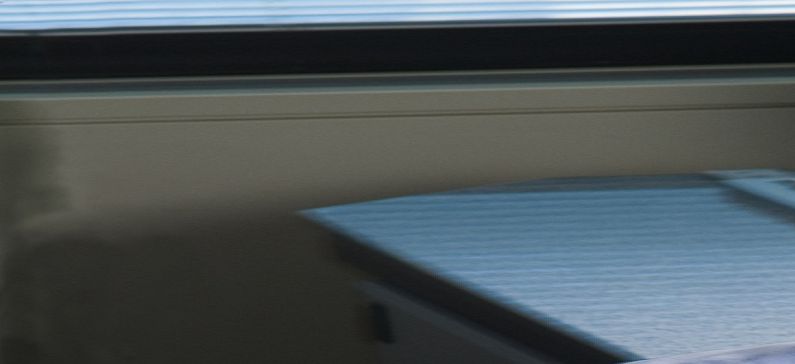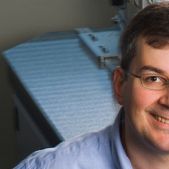
Reducing serious side effects in injectable medicine
Paschalis Alexandridis is an Assistant Professor of Chemical Engineering at the University at Buffalo, New York. He belongs in a research group that has managed to develop a new technique in drug-making that removes excess additives from drugs, something that could reduce the odds of serious allergic reactions and other side effects. The breakthrough removes potentially harmful additives — primarily soapy substances known as surfactants — from common injectable drugs.
“We’re excited because this process can be scaled up, which could make existing injectable drugs safer and more effective for millions of people suffering from serious diseases and ailments”, says Jonathan F. Lovell, a biomedical engineer at UB.
Pharmaceutical companies use surfactants to dissolve medicine into a liquid solution, a process that makes medicine suitable for injection. While effective, the process is seldom efficient. Solutions loaded with surfactant and other nonessential ingredients can carry the risk of causing anaphylactic shock, blood clotting, hemolysis and other side effects.
Some have taken the so-called “top down” approach, in which they shrink drug particles to nanoscale sizes to eliminate excess additives. While promising, the method doesn’t work well in injectable medicine because the drug particles are still too large to safely inject. The technique under development at UB differs because it improves existing injectable drug-making methods by taking the unusual step of stripping away all of the excess surfactant. The end result are drugs that contain 100 to 1,000 times less excess additives.
“For the drugs we looked at, this is as close as anyone has gotten to introducing pure, injectable medicine into the body”, says Lovell. The findings are significant, he says, because they show that many injectable drug formulations may be improved through an easy-to-adopt process. Future experiments are planned to further refine the method, he says.
Additional UB faculty and staff authors on the paper are: Paschalis Alexandridis, PhD, UB Distinguished Professor in the Department of Chemical and Biological Engineering in the School of Engineering and Applied Sciences; and Javid Rzayev, PhD, associate professor and Dinesh K. Sukumaran, PhD, director of the Magnetic Resonance Center, both in the Department of Chemistry in UB’s College of Arts and Sciences. Other authors of the paper include the following UB students and scientists: Yumiao Zhang, Wentao Song, Upendra Chitgupi, Jumin Geng, Jasmin Federizon and Hande Unsal.
Alexandridis comes from the city of Serres, at the North of Greece. He graduated from the National Technical University of Athens, where he studied Chemical Engineering in 1989. He got his M.S. again Chemical Engineering from the Massachusetts Institute of Technology in 1990, and his Ph.D, from the same Institute in 1994. From 1994 to 1996 he was a Postdoctoral Fellow in the University of Lund. He is currently an Assistant Professor of Chemical Engineering in Buffalo University and is a Member of the American Institute of Chemical Engineers (AIChE) and the American Chemical Society (ACS) and has a list of more than 84 scientific publications. In the past, he was awarded with the Bodossaki Foundation Academic Prize for his work.










